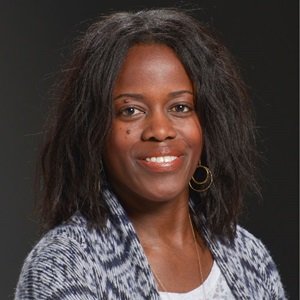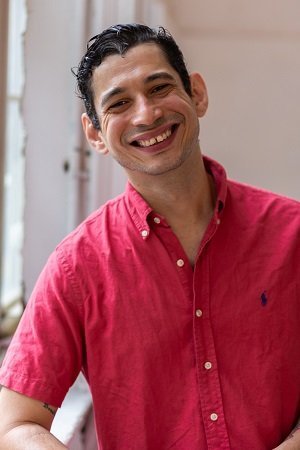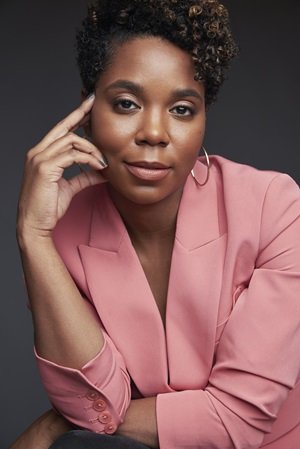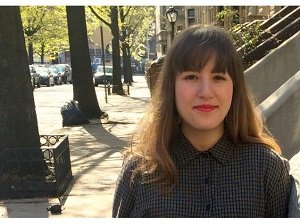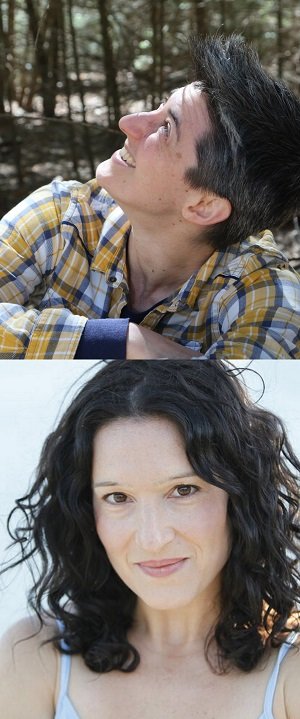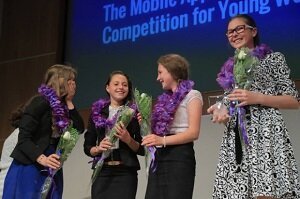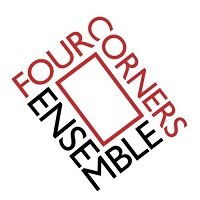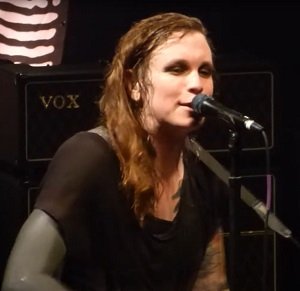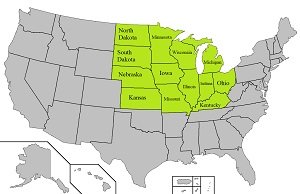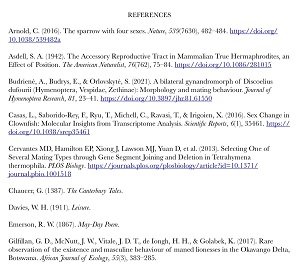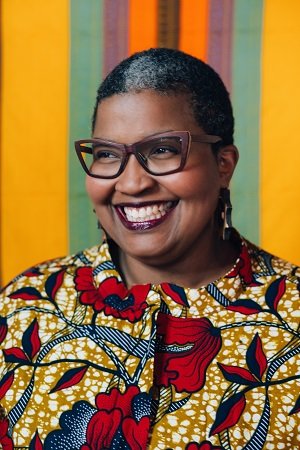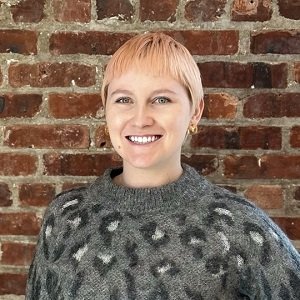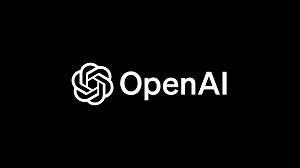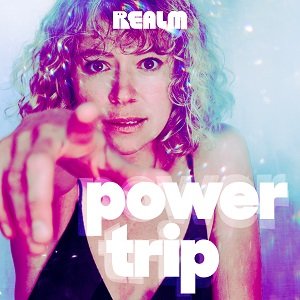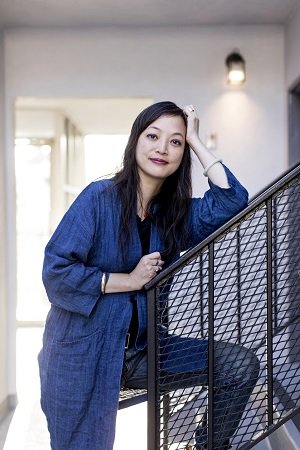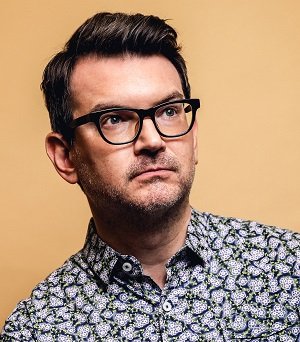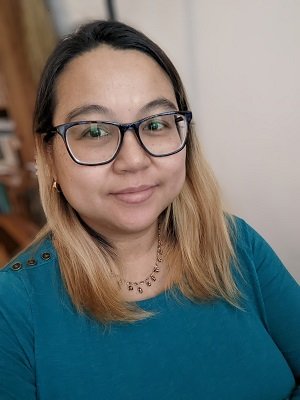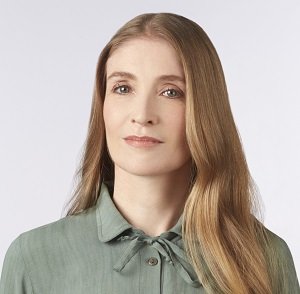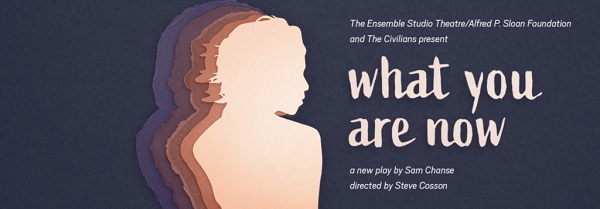On Saturday, April 20, following the 2:00 PM matinee performance of LAS BORINQUEÑAS, the powerful new drama by Nelson Diaz-Marcano, everyone is encouraged to stay for a talkback discussion about the many charged issues the play addresses.
Set in the 1950s in Puerto Rico, LAS BORINQUEÑAS tells the stories of María, Fernanda, Yolanda, Rosa, and Chavela, all fighting to live full lives in a changing country with crushing societal rules for women. Into their lives comes the American scientist Dr. Gregory Pincus, trying to find test subjects for a clinical trial to test the safety and effectiveness of the first birth control pill, an invention that could give women everywhere freedom. This is a story about medical innovation and the women who risked everything for the chance to live. The audience will have the opportunity to ask questions and join the discussion.
Reproductive Justice advocate Elizabeth Estrada will moderate the discussion with bioethicist Dr. Tia Powell; activist, academic, and New York State Assemblymember Jessica González-Rojas; and the author of LAS BORINQUEÑAS, Nelson Diaz-Marcano.
LAS BORINQUEÑAS is the 2024 mainstage production of the EST/Sloan Project, EST’s partnership with the Alfred P. Sloan Foundation to develop new plays “exploring the world of science and technology,” an initiative now in its twenty-fifth year.
About the Panelists
Tia Powell, MD is a Professor of Epidemiology and Psychiatry at Albert Einstein College of Medicine and Montefiore Medical Center and former director of the Montefiore Einstein Center for Bioethics. Dr. Powell focuses on bioethics issues related to public policy, aging, dementia, end-of-life care, and public health disasters. She served as Executive Director of the New York State Task Force on Life and the Law, which was New York State’s bioethics commission. She founded Einstein’s MS program in Bioethics and directed it for 13 years. Dr. Powell has worked with the National Academies of Science, Engineering and Medicine on many projects, and currently chairs their report Committee for Research Priorities for Preventing and Treating Alzheimer’s Disease and Related Dementias. She has worked with the CDC, NY State and City, and various professional organizations on issues related to public health ethics and disasters. She served as a special advisor to AHRQ on ethics, dementia and multiple chronic conditions. She is on the American Psychiatric Association ethics committee and is a Fellow of the New York Academy of Medicine and the Hastings Center. She wrote Dementia Reimagined: Building a Life of Joy and Dignity from Beginning to End, published by Penguin Random House. Dr. Powell received a BA from Harvard College and an MD from Yale Medical School. She is currently collaboratively developing a film project on living well at the end of life.
New York State Assemblymember Jessica González-Rojas (Democrat/Working Families Party) represents the 34th Assembly District, which includes the diverse communities of Astoria, Corona, East Elmhurst, Jackson Heights, and Woodside in Queens County. She has dedicated her life to fighting for immigrant rights, racial justice, LGBTQ liberation, health care access, labor power, and gender equity while forging connections between various progressive movements. Jessica is a progressive champion and brings her advocacy and organizing expertise to her work as an Assemblymember.
Before running for office, Jessica served in leadership for 13 years at the National Latina Institute for Reproductive Justice (formerly the National Latina Institute for Reproductive Health), including as Executive Director. The nonprofit is the only national reproductive justice organization dedicated to building power among Latinas to advance the health, dignity, and justice of over 30 million Latinas across the country. Jessica is currently an adjunct faculty at New York University (NYU) School of Law and has served as adjunct faculty at NYU’s Robert F. Wagner Graduate School of Public Service and the City University of New York’s (CUNY) City College. She has taught courses on Latinidad, reproductive rights, and gender and sexuality. She recently co-instructed a course at the New York University School of Law. She has authored essays in multiple publications on those topics as well.
Nelson Diaz-Marcano is a Puerto Rican NYC-based theater maker, advocate, and community leader whose mission is to create work that challenges and builds community. His play, LAS BORINQUEÑAS, is the 2024 EST/Sloan Mainstage Production in April 2024. He currently serves as the Literary Director for the Latinx Playwright Circle where he has helped develop over 100 plays in the past three years. His plays have been developed by the Ensemble Studio Theatre, The Road Theatre Company, Pipeline Theatre Company, Clubbed Thumb, The Lark, Vision Latino Theater Company, The Orchard Project, The William Inge Theatre Festival, Classical Theatre of Harlem, and The Parsnip Ship, among others. Recent credits include: World Classic (Bishop Theatre Arts Center), Y Tu Abuela, Where is She? Part 1 (CLATA), When the Earth Moves, We Dance (Clubbed Thumb, Teatro Vivo), The Diplomats (Random Acts Chicago), Paper Towels (INTAR), Misfit, America (Hunter Theatre Company), I Saw Jesus in Toa Baja (Conch Shell Productions), and Revolt! (Vision Latino Theatre Company).
About the Moderator
Elizabeth Estrada serves as the New York Field and Advocacy Manager at the National Latina Institute for Reproductive Justice (Latina Institute) where she engages in movement-building for reproductive justice, develops community leadership, builds relationships with key stakeholders, and develops campaigns throughout New York State.
Previously, she served as the Civic Engagement Manager where she organized voter engagement campaigns to raise the voices of Latinxs in Florida, Texas, and Virginia for policy change at all levels of government on issues that impact people's reproductive freedom and self-determination. Elizabeth immigrated to the U.S. from Mexico with her parents at the age of 4, where she remained undocumented until age 13. She learned grassroots organizing and policy advocacy in The Southeast while partnering with immigrant justice organizations throughout the region. Elizabeth then went on to become a state certified Sexual and Reproductive Health Worker or “Promotora” for the Lifting Latina Voices Initiative (LLVI) at the Feminist Women’s Health Center in Atlanta. Elizabeth has had the honor of supporting the growth and leadership of hundreds of women, girls, and femmes in the reproductive justice movement. She continues to translate her 10+ years’ experience to the work she is currently building in New York. Additionally, Elizabeth serves as the Board Secretary for SisterSong Women of Color Reproductive Justice Collective and is a Case Manager with the New York Abortion Access Fund (NYAAF).
LAS BORINQUEÑAS began previews on April 3 and runs through May 5 at EST. You can purchase tickets here.










